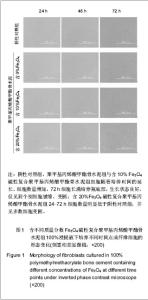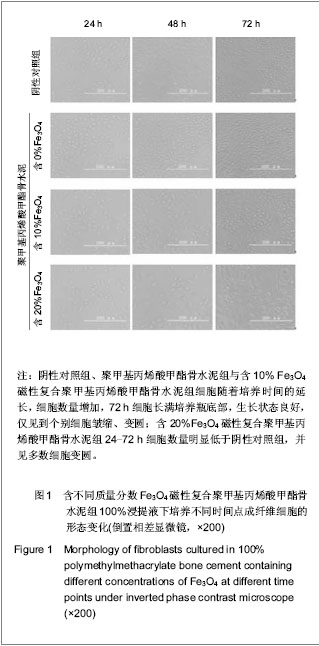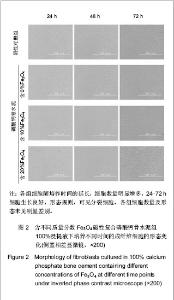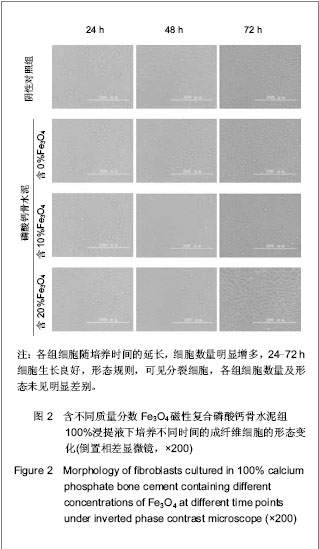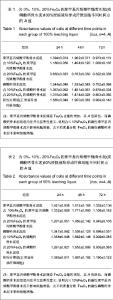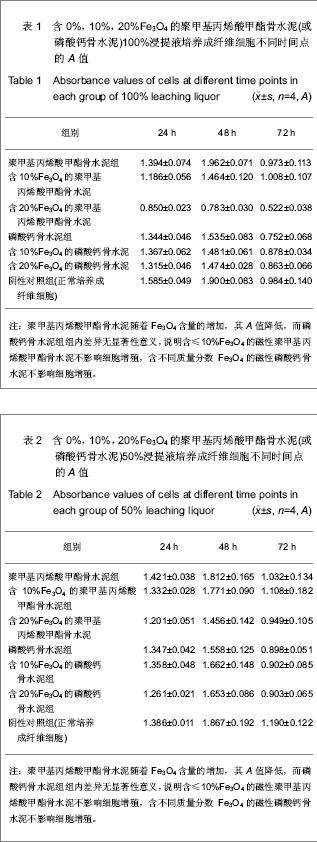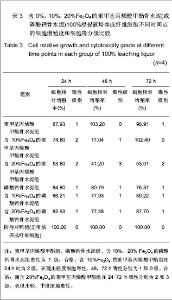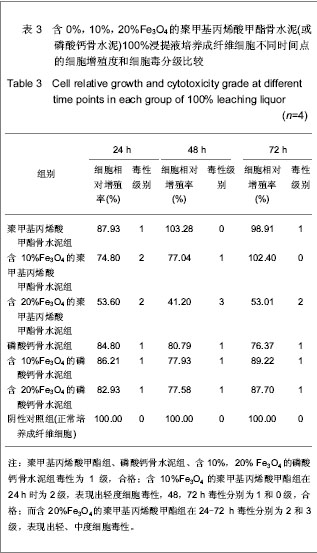| [1] Aaron AD.Treatment of metastatic adenocarcinoma of the pelvis and the extremities.J Bone Joint Surg.1997;79(6): 917-932.[2] Sterling JA,Edwards JR,Martin TJ,et al.Advances in the biology of bone metastasis: how the skeleton affects tumor behavior. Bone. 2011;48(1):6-15.[3] Akhtari M,Mensuri J,Newman KA,et al.Biology of breast cancer bone metastasis. Cancer Biol Ther.2008;7(1): 3-9.[4] Kozlow W,Guise TA.Breast cancer metastasis to bone: Mechanisms of osteolysis and implications for therapy.J Mammary Gland Biol Neoplasia. 2005;10(2):169-180.[5] Frassica DA, Frassica FJ. Nonoperative management. In:Simon MA, Springfield D (eds) .Surgery for bone and soft-tissue tumors. Lippincott-Raven, Philadelphia,1998: 633-637.[6] Yazawa Y, Frassica FJ, Chao EY ,et al. Metastatic bone disease. A study of the surgical treatment of 166 pathologic humeral and femoral fractures. Clin Orthop Relat Res.1990; 251:213-219.[7] Liu RT,Liu J,Tong JQ,et al. Heating effect and biocompatibility of bacterial magnetosomes as potential materials used in magnetic fluid hyperthermia.Mater Int.2012;22(1):31-39.[8] Wang LF, Dong J, Ouyang WW, et al. Anticancer effect and feasibility study of hyperthermia treatment of pancreatic cancer using magnetic nanoparticles. Oncology Reports.2012; 27(3):719-726. [9] Liu JY, Zhao LY, Wang YY, et al. Magnetic stent hyperthermia for esophageal cancer: An in vitro investigation in the ECA-109 cell line. Oncology Reports.2012;27(3):791-797.[10] Zhao DL,Zhang HL,Zeng XW,et al.Inductive heat property of Fe3O4/polymer composite nanoparticles in an ac magnetic field for localized hyperthermia. Biomed Mater.2006;1(4): 198-201.[11] Kawashita M, Kawamura K, Li Z. PMMA-based bone cement containing magnetite particles for the hyperthermia of cancer. Acta Biomaterialia. 2010;6(8):3189-3192. [12] Matsumine A, Takegami K, Asanuma K,et al. A novel hyperthermia treatment for bone metastases using magnetic materials. Int J Clin Oncol. 2011;16:101-108.[13] Chang ST,Hong YC,Kwo PC. Using chemical coprecipitation method to prepare magnetite magnetic fluids and explore its applications in hyperthermia. Key Eng Mater.2011;474-476: 1776-1780. [14] Peng ZG,Hidajat K,Uddin MS. Adsorption and desorption of lysozyme on nano-sized magnetic particles and its conformational changes. Colloids Surf. 2004;35(3):169-174.[15] 医疗器械的生物学评价[S].第12部分:样品制备和参考材料, 2009.[16] Willershausen B, Marroquín BB, Schäfer D,et al. Cytotoxicity of root canal filling materials to three different human cell lines. J Endod. 2000;26(12):703-707.[17] 医疗器械的生物学评价[S].第5部分:体外细胞毒性实验,2003.[18] Cao N,Li MS,Ma QS,et al.Biomedical coatings prepared on carbon/carbon composite. Sci Eng Compos Mater.2007; 14(3):241-249.[19] Sehwengherg S,Bohlen H,Kleinsasser N,et al. In vitro embryotoxicity assessment with dental restorative materials.J Dent.2005;33(1):49-55.[20] van Minnen B,Stegenga B,van Leeuwen MB,et al. A long-term in vitro biocompatibility study of a biodegradable polyurethane and its degradation products.J Biomed Mater Res A.2006; 76(2):377-385.[21] Elshahawy WM,Watanabe I,Kramer P.In vitro cytotoxicity evaluation of elemental ions released from different prosthodontic materials. Dent Mater. 2009;25(12):1551-1555.[22] Zhang YB,Jiang M,Wang Q,et al.Zhonghua Shiyong Zhenduan yu Zhiliao Zazhi. 2011;25(6):539-542.张燕搏,姜明,王强,等.组织工程血管材料体外细胞毒性评价实验研究[J].中华实用诊断与治疗杂志,2011,25(6):539-542.[23] Xue ZX,Li M.Zhongguo Xiufu Chongjian Waike Zazhi. 2009; 23(9):1134-1137.薛正翔,李敏.血管组织工程支架研究进展[J].中国修复重建外科杂志,2009,23(9):1134-1137.[24] Souza PP,Aranha AM,Hebling J,et al.In vitro cytotoxicity and in vivo biocompatibility of eontemporary resin-modified glass-ionomer cements. Dent Mater.2006;22(9):838-844.[25] Richardson RRJr,Miller JA,Reichera WM.Polyimides as biomaterials Preliminary biocompatibility testing. Biomaterials. 1993;14(8):627-635.[26] Karapinar-Kazandag M,Bayrak OF,Yalvac ME,et al. Cytotoxicity of 5 endodontic sealers on L929 cell line and human dental pulp cells. Int Endod J.2011;44(7):626-634.[27] Asai T,Hayashi T,Kuroki K,et al. In vitro biocompatibility of dextrin: the addition of a low concentration of dextrin in the medium promotes the cell activity of L929 mouse fibroblasts. Cell Biol Int.2011;35(6):645-648.[28] Zhou TY,Liu F.Nanjing Yike Daxue Xuebao. 2010;30(5): 658-661.周天宇,刘锋.骨水泥单体对新西兰白兔心肺功能的影响[J].南京医科大学学报,2010,30(5):658-661.[29] Xiao D,Zhang ZT.Beijing Kouqiang Yixue. 201l;19(6):322-325.肖丹,张振庭.四种修复粘接材料的体外细胞毒性研究[J].北京口腔医学,2011,19(6):322-325. |
